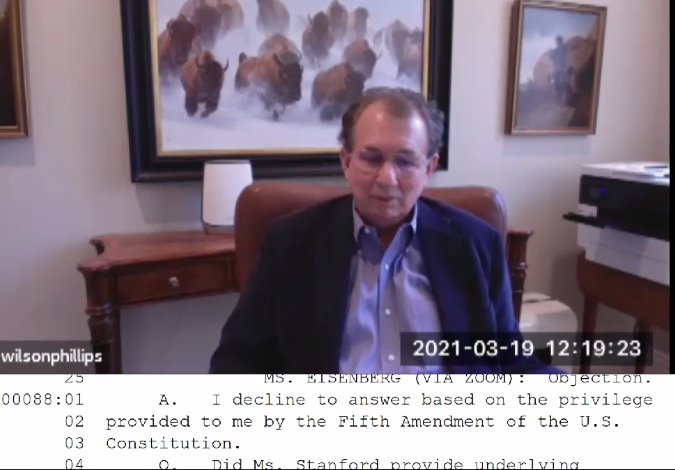Glock wins (and Biden loses) in major liability suit
God didn’t deliver for President Joe Biden, who recently begged “the Lord” to help him erase the congressionally approved immunity that gun-makers have from lawsuits.
In a little-noticed decision with a major impact on the firearms industry, a federal judge in Arizona has ruled in favor of pistol manufacturer Glock and dismissed a suit brought by the Brady Campaign to Prevent Gun Violence on behalf of a man who was accidentally shot and paralyzed.
U.S. District Court Judge Susan Brnovich upheld liability immunity granted in the Protection of Lawful Commerce in Arms Act passed in 2005 to block gun-makers from a potential wave of industry-killing lawsuits.
Brnovich, nominated by former President Donald Trump and the wife of Arizona Attorney General Mark Brnovich, dismissed multiple claims in the suit that the act’s protections were illegal, writing, “The statute is constitutional.”
While she made her decision in mid-March, it is just now winning attention as Biden and top congressional Democrats begin a campaign to impose new gun control restrictions and end liability immunity for gun-makers.
“The dismissal of this case is welcome news and demonstrates the importance of the Protection of Lawful Commerce in Arms Act,” said Mark Oliva, the spokesman for the industry trade group National Shooting Sports Foundation.

